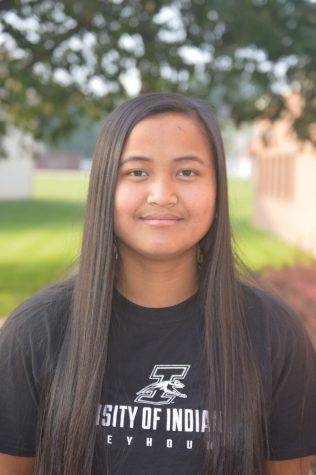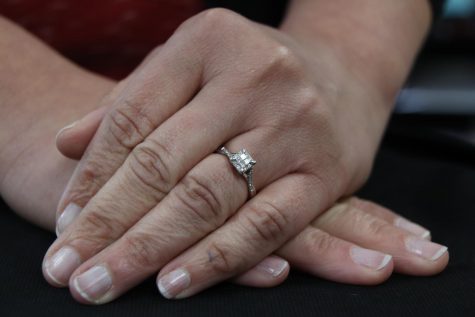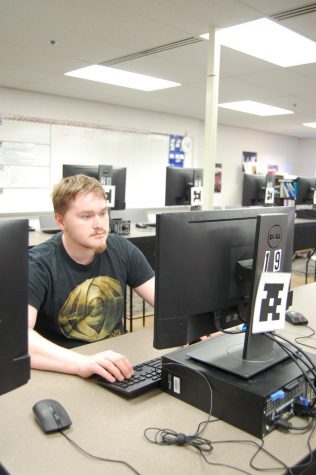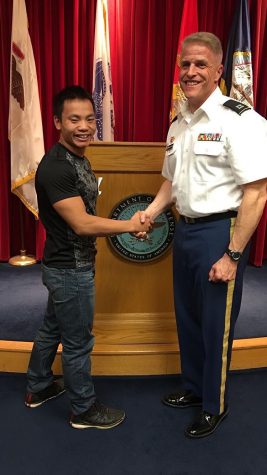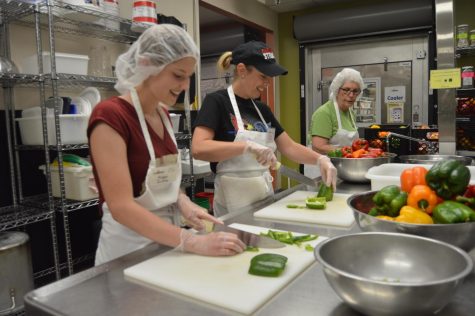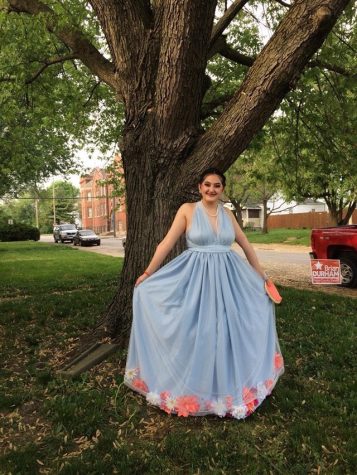Best Buddies brings news friendships and insights
March 2, 2015
Best Buddies is a club that spends time with the students at Rise Learning Center every month through different activities with their buddies from that school. Any student between 9th to 12th can join. The club sponsors are Mrs. Jennifer Karushis, Mr. Brian Auger and Mrs. Barbara Huotari who rotate the position each month due to time management. The Rise Learning Center is a special facility in which students who have severe mental and physical disabilities go in order to receive all of the special educational services they may need. The students at Rise are not on the track to receive a diploma, they are more focused on working more on their current as well as future life skills, according to Karushis.
“Best buddies is about including people with different disabilities in one on one friendship,” Karushis said.
In the beginning of the school semester, SHS students are paired with other students from Rise, who are also in high school. Before going to Rise, they meet and talk about what activities they are going to do so that everyone’s prepared before they arrive at the center. SHS takes anywhere from 15 to 20 students on each trip. While at Rise, the students play games, listen to music, do craft projects and other activities to help develop their friendships.
There is an event coming up called the Friendship Walk. There has yet to be a finite date, but it will be in early April. It’s where Best Buddies from all over the state meet and they run or walk. There’s also another thing they do once a year, it’s where they spread the word to end the r-word. They want to get people to understand how painful the r-word is and get them to stop using them.
Karushis believes that this club is highly beneficial to students at both Rise and SHS. She wishes that SHS could do its own pairing together within SHS, so there’s a more natural friendship instead of having to make a special event and going to another building to interact.
“It’s very good to help kids understand all the different disabilities and capabilities of those people, because it’s just something that people don’t talk about,” Karushis said. “People don’t know just how much these kids have to offer.”


